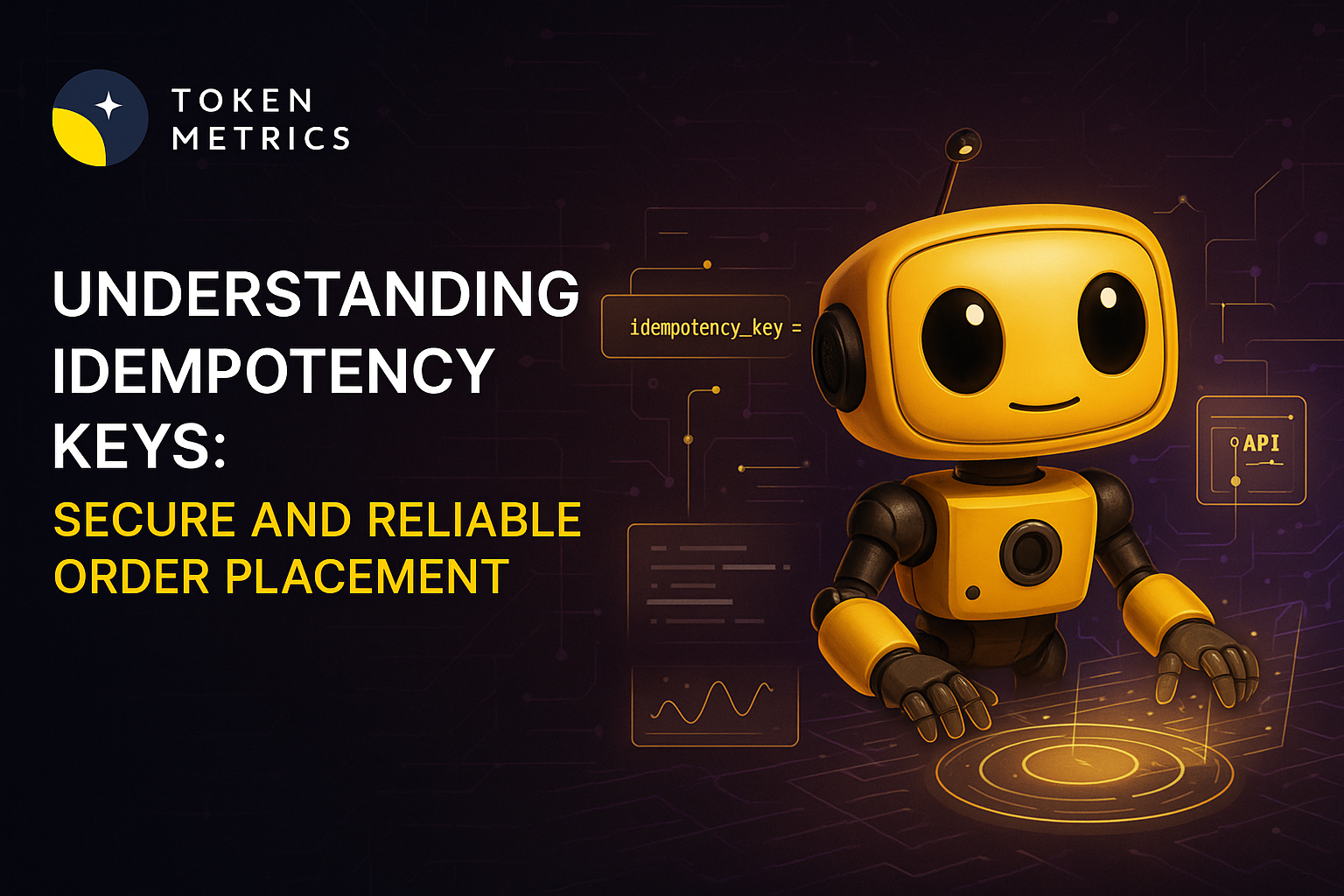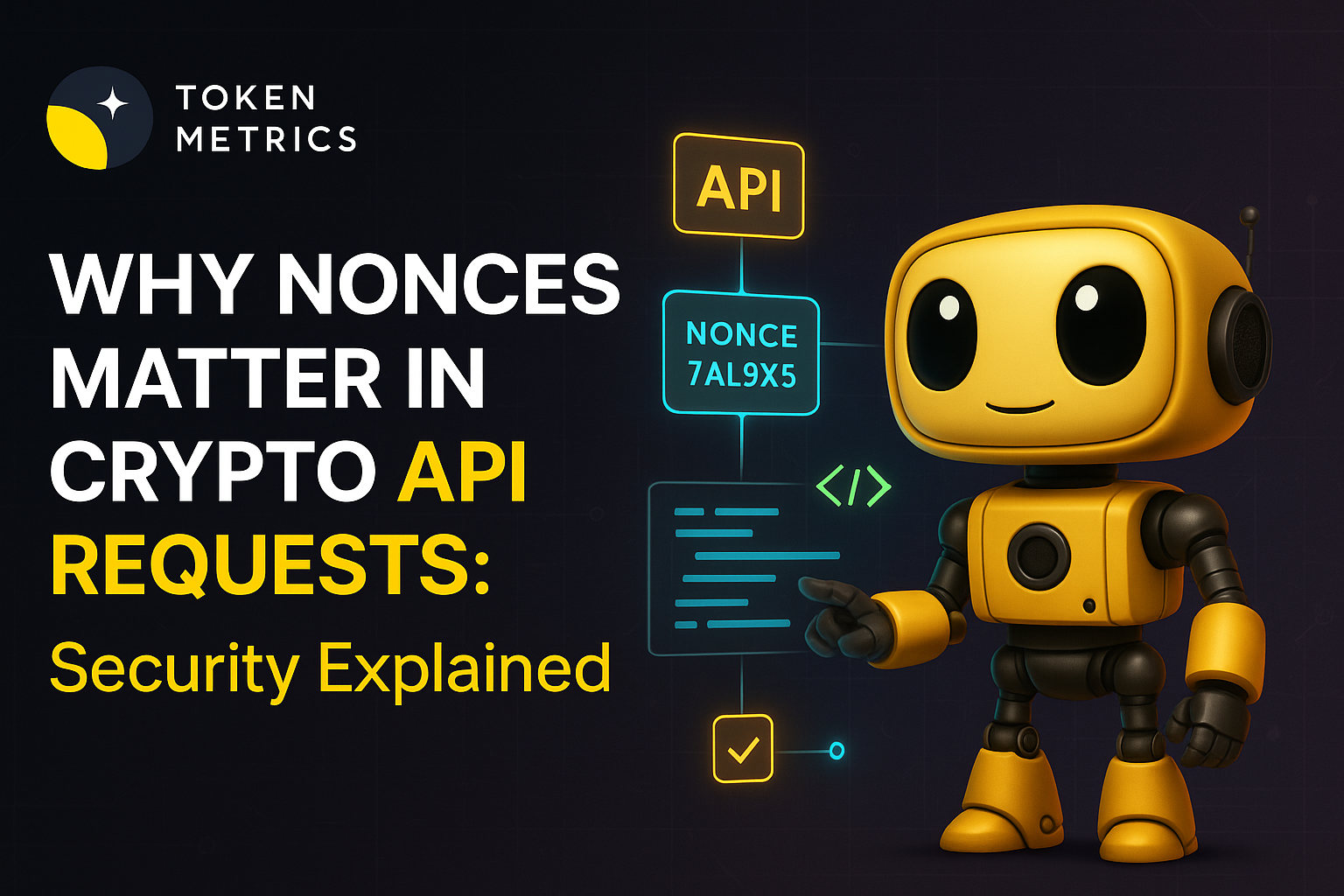How Do People Research Tokens and Coins Before Buying? A Complete Guide

The cryptocurrency market has evolved from a niche digital experiment into a multi-trillion-dollar asset class. With thousands of tokens and coins available across hundreds of exchanges, the question isn't whether you should research before buying—it's how to conduct that research effectively. Smart investors know that thorough due diligence is the difference between identifying the next promising project and falling victim to a costly mistake.
The Foundation: Understanding What You're Buying
Before diving into specific research methods, successful crypto investors start by understanding the fundamental difference between various digital assets. Bitcoin operates as digital gold and a store of value, while Ethereum functions as a programmable blockchain platform. Other tokens serve specific purposes within their ecosystems—governance rights, utility functions, or revenue-sharing mechanisms.
The first step in any research process involves reading the project's whitepaper. This technical document outlines the problem the project aims to solve, its proposed solution, tokenomics, and roadmap. While whitepapers can be dense, they reveal whether a project has substance or merely hype. Pay attention to whether the team clearly articulates a real-world problem and presents a viable solution.
Analyzing the Team and Development Activity
A cryptocurrency project is only as strong as the team behind it. Investors scrutinize founder backgrounds, checking their LinkedIn profiles, previous projects, and industry reputation. Have they built successful companies before? Do they have relevant technical expertise? Anonymous teams aren't automatically red flags, but they require extra scrutiny and compelling reasons for their anonymity.
Development activity serves as a crucial health indicator for any blockchain project. GitHub repositories reveal whether developers are actively working on the project or if it's effectively abandoned. Regular commits, open issues being addressed, and community contributions all signal a vibrant, evolving project. Conversely, repositories with no activity for months suggest a project that may be dying or was never serious to begin with.
Diving Into Tokenomics and Supply Mechanics
Understanding a token's economic model is essential for predicting its long-term value potential. Investors examine total supply, circulating supply, and emission schedules. Is the token inflationary or deflationary? How many tokens do the team and early investors hold, and when do those tokens unlock? Large unlock events can trigger significant price drops as insiders sell.
The token's utility within its ecosystem matters tremendously. Does holding the token provide governance rights, staking rewards, or access to platform features? Tokens without clear utility often struggle to maintain value over time. Smart researchers also investigate how value accrues to token holders—whether through buybacks, burning mechanisms, or revenue sharing.
Evaluating Market Metrics and Trading Data
Price action tells only part of the story, but market metrics provide valuable context. Trading volume indicates liquidity—can you buy or sell significant amounts without drastically moving the price? Market capitalization helps determine a token's relative size and potential growth runway. A small-cap project has more room to grow but carries higher risk.
On-chain metrics offer deeper insights into token health. Active addresses, transaction volume, and network usage reveal actual adoption versus speculation. High trading volume on exchanges with minimal on-chain activity might indicate wash trading or manipulation. Token distribution matters too—if a small number of wallets hold most of the supply, the token faces centralization risks and potential price manipulation.
Leveraging Advanced Analytics Platforms
Professional crypto investors increasingly rely on sophisticated analytics platforms that aggregate multiple data sources and provide actionable insights. Token Metrics has emerged as a leading crypto trading and analytics platform, offering comprehensive research tools that save investors countless hours of manual analysis.
Token Metrics combines artificial intelligence with expert analysis to provide ratings and predictions across thousands of cryptocurrencies. The platform evaluates projects across multiple dimensions—technology, team, market metrics, and risk factors—delivering clear scores that help investors quickly identify promising opportunities. Rather than manually tracking dozens of metrics across multiple websites, users access consolidated dashboards that present the information that matters most.
The platform's AI-driven approach analyzes historical patterns and current trends to generate price predictions and trading signals. For investors overwhelmed by the complexity of crypto research, Token Metrics serves as an invaluable decision-support system, translating raw data into understandable recommendations. The platform covers everything from established cryptocurrencies to emerging DeFi tokens and NFT projects, making it a one-stop solution for comprehensive market research.
Assessing Community and Social Sentiment
Cryptocurrency projects thrive or die based on their communities. Active, engaged communities signal genuine interest and adoption, while astroturfed communities relying on bots and paid shillers raise red flags. Investors monitor project Discord servers, Telegram channels, and Twitter activity to gauge community health.
Social sentiment analysis has become increasingly sophisticated, with tools tracking mentions, sentiment polarity, and influencer engagement across platforms. Sudden spikes in social volume might indicate organic excitement about a partnership or product launch—or orchestrated pump-and-dump schemes. Experienced researchers distinguish between authentic enthusiasm and manufactured hype.
Understanding Regulatory and Security Considerations
The regulatory landscape significantly impacts cryptocurrency projects. Researchers investigate whether projects have faced regulatory scrutiny, registered as securities, or implemented compliance measures. Geographic restrictions, potential legal challenges, and regulatory clarity all affect long-term viability.
Security audits from reputable firms like CertiK, Trail of Bits, or ConsenSys Diligence provide crucial assurance about smart contract safety. Unaudited contracts carry significant risk of exploits and bugs. Researchers also examine a project's history—has it been hacked before? How did the team respond to security incidents?
Reading Between the Lines: Red Flags and Warning Signs
Experienced investors develop instincts for spotting problematic projects. Guaranteed returns and promises of unrealistic gains are immediate red flags. Legitimate projects acknowledge risk and market volatility rather than making impossible promises. Copied whitepapers, stolen team photos, or vague technical descriptions suggest scams.
Pressure tactics like "limited time offers" or artificial scarcity designed to force quick decisions without research are classic manipulation techniques. Projects with more focus on marketing than product development, especially those heavily promoted by influencers being paid to shill, warrant extreme skepticism.
The Research Never Stops
Cryptocurrency research isn't a one-time activity but an ongoing process. Markets evolve rapidly, projects pivot, teams change, and new competitors emerge. Successful investors establish systems for monitoring their holdings and staying updated on developments. Setting up Google Alerts, following project social channels, and regularly reviewing analytics help maintain awareness of changing conditions.
Whether you're evaluating established cryptocurrencies or exploring emerging altcoins, thorough research remains your best defense against losses and your greatest tool for identifying opportunities. The time invested in understanding what you're buying pays dividends through better decision-making and improved portfolio performance in this dynamic, high-stakes market.
Create Your Free Token Metrics Account

.png)




%201.svg)
%201.svg)


%201.svg)










.svg)




.png)